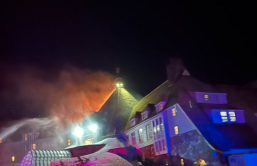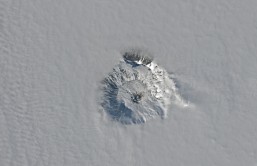Research has shown Lake Erie's yellow perch grow more rapidly in cases shortened winters related to climate change, but also produce less hardy eggs that hatch larvae with low survival rates in cases of increased temperatures.
Recent findings also show the perch cannot adjust to spawn during earlier spring-like temperatures, which could cause hatchlings to miss out on the large supply of zooplankton (a vital food source) present in the earlier spring season, the Ohio State University reported. The study could help explain why yellow perch numbers in Lake Erie have been surprisingly low since the year 2003.
"If not enough food is available, the larvae will grow slowly and be vulnerable to predators like invasive white perch," said Stuart Ludsin, principal investigator of the study and an associate professor of evolution, ecology and organismal biology at The Ohio State University.
The study found eggs produced in lab conditions mimicking long, cold winters were 30 to 40 percent larger and had a between two- and four-fold higher hatching rate than those grown in short winter conditions.
"There are a lot of factors that can help explain why yellow perch numbers are low in Lake Erie. The warmer winter temperature clearly is an important one," said Ludsin, also co-director of Ohio State's Aquatic Ecology Laboratory. "For management agencies, there is no easy fix to this problem."'
In both lab conditions, the researchers observed the female yellow perch continued to spawn in the historically typical months of April and May, instead of adjusting to the seasonal changes. If food is scarce when the larvae hatch, they will grow more slowly and remain vulnerable to predators such as invasive white carp.
"In lots of cold-blooded species, we find that as spring occurs earlier, the timing of reproduction will also move forward," Ludsin said. "Walleye are a great example. In the record short winter of 2012, walleye moved their spawning period up by several weeks. With yellow perch, we didn't see that."
The researchers suggested there is not simple solution to the problem, and we may just have to wait and see if the yellow perch learn to adapt to Earth's changing temperature.
"There are a lot of factors that can help explain why yellow perch numbers are low in Lake Erie. The warmer winter temperature clearly is an important one," said Ludsin, also co-director of Ohio State's Aquatic Ecology Laboratory. "For management agencies, there is no easy fix to this problem."'
The findings were published in a recent edition of the journal Nature Communications.








